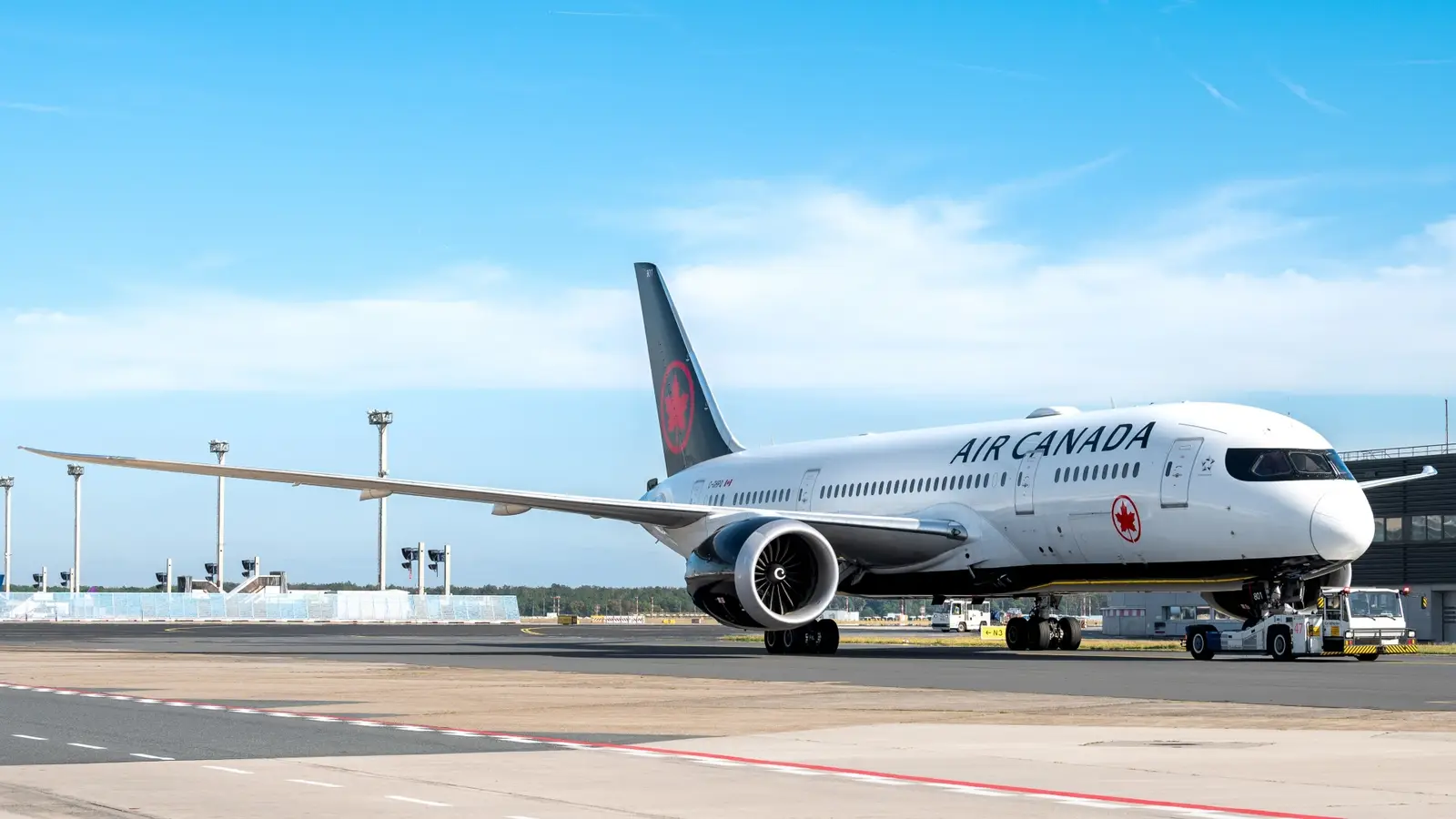
Air Canadahas announced that it will be extending its Northern Hemisphere summer season route from Ottawa to London to a year-round operation, with three weekly Boeing 787 flights penciled in on the route between November 2025 and March 2026. The news comes just six months after the route’s launch.
The Canadian flag carrier has identified this transatlantic route as one that serves both business and leisure travelers to an effective degree, and highlights the fact that it is the only airline from its home country that flies directly from Ottawa to Europe. It also has big plans for the route next year, with the intention to deploy an aircraft type with slightly more premium seats. Let’s take a closer look at the situation.
The Success Of The Route Has Seen It Upgraded To Year-Round Coverage
Air Canada initially began flying between Ottawa Macdonald-Cartier International Airport (YOW) and London Heathrow (LHR) in March of this year, with four non-stop rotations a week using the Boeing 787-9 Dreamliner. Initially, the carrier only planned to serve the route seasonally, with flights stopping in October.
Yesterday, however, Air Canada confirmed that it had upgraded the route to year-round coverage, with three flights a week planned between November 2, 2025, and March 27, 2026. These flights will operate on Wednesdays, Fridays, and Sundays, with Aero Routes noting that the aircraft of choice during the winter months will be the smaller Boeing 787-8. Mark Gallardo, the airline’s Executive Vice President, said:
“Air Canada continues to solidify its leadership serving our country’s capital, and we are excited to keep Ottawa connected to one of the world’s most important global gateways all year long. Customers travelling for business, corporate, and leisure from the National Capital Region and abroad will enjoy the ease and convenience of international travel options to and from Ottawa.”
The Extension Will Also Benefit Cargo Customers
Flying eastbound from Ottawa, Air Canada flight AC888 is timed to leave at 21:55 during the winter months, with its touchdown at London Heathrow Airport occurring at 09:20 the next day. Meanwhile, the westbound rotation, which is numbered as AC889, leaves London at 21:00 and lands in Ottawa at 14:30.
With the deployment of a smaller aircraft type and three weekly rotations compared to the summer’s four, Air Canada is clearly reckoning with a slight drop in demand over the winter months. Indeed, data from aeroLOPA shows that its 787-8s have 255 seats in three classes, while the 787-9 has 298. Still, the fact that it is operating any winter flights at all on this route represents an increase compared to its initial plans.
Another key driving force on this front has been demand from cargo customers, who are more than willing to contract Air Canada to ship their goods across the Atlantic Ocean between Ottawa and London using the 787’s belly. With this in mind, Trade Minister Maninder Sidhu said that “the extension of the Ottawa-London service will give Canadian businesses faster and more reliable access to the UK and Europe.”
The Airbus A330-300 Will Take Over In The Summer
As previously mentioned, the last of Air Canada’s thrice-weekly rotations between Ottawa and London Heathrow Airport with the Boeing 787-8 in the 2025/26 winter season will take place on March 27, 2026. From then on, the Star Alliance founding member will return to operating four flights a week on the route.
A key difference on this front next summer will be the fact that Air Canada will swap the Boeing 787 Dreamliner for the Airbus A330-300. While these European widebody twinjets have a marginally lower capacity than the 787-9 (297 seats vs 298), they do offer more in terms of premium seating.
Indeed, aeroLOPA shows that 51 of the 787-9’s seats are in non-economy cabins, split between 30 in business class and 21 in premium economy. For the A330-300, however, this figure is 56, with space for 32 business class passengers and 24 in premium economy, highlighting premium demand on the route.



